This is the most beautiful bike I have built up yet. I would even go as far as saying it is nicer than my roadeo from Rivendell. After years of reading on the web and doing multiple 650b conversions on my own, this one went together perfectly the first time. With some careful planning, part procurement and patience this bike went together as if it were always meant to be this way.
This Trek 613 started its life as a 27″ wheeled touring bike back in 1981, and by the looks of it once in my garage, it was barely ever ridden. There are a few scuffs in the paint, but most of the damage appears to have happened while in storage. The visible portions of the frame’s interior were pristine. I treated the inside with a liberal coating of T9 to keep it rust free as long as possible. For this build I was able to reuse much of the drive train, replacing only the wheels, cassette, and bottom bracket. The headset was preserved, and rebuilt with loose balls and phil grease.
The cockpit was built up with a Nitto Technomic Delux stem, Albatross bars and Shimano brake levers. The brass bell is from Crane in Japan. The grips are blue Neubaums cloth tape over a layer of cork tape. Three layers of garnet shellac brought the final color to a fantastic dark patinaed coppery green that is a perfect contrast to the copper color of the bike. Te saddle is a Brooks B17 Special Select.
The front rack is a Bruce Gordon MTN rack that used to reside on my bike and will be the temporary support system for the Wald basket. While the basket provides incredible versatility, the stock hardware is not up to the task at hand. In the long run this will be set up with a rack that will allow for panniers in a low mount with a high mount to support the basket. The fork dropout only has a single eyelet to support both the rack and fender. My work around for this is to thread in a hex bolt from the inside, providing a stud to mount both. The whole assembly is then held on with a lock nut. In theory if the nut ever came loose, it should all still be able to be held in place with a zip tie until you could get to a hardware store.
I utilised Dia-Compe 750 centerpull brakes to get the required reach to the smaller rims. The stock pads were replaced with KoolStop Cross Pads. The wheel set is Shimano Tiagra laced to Velocity Synergy rims. I opted to use an 8spd rear cassette to hopefully be a bit more forgiving with the Suntour Symmetric DT shifters. The downside to this is that the shifters only move the chain across 7 of the 8 cogs due to the limited throw.
Now for the part that everybody cares about. I opted to use Panaracer Col De La Vie tires on this bike to ensure adequate tire clearance at the chain stays. These older Trek frames, pre 82, will generally have room for a tire up to 38mm wide without needing to dimple the stays for more space. Spreading the rear from 126 to 130 mm at the dropouts while adding tire space in theory did not make a noticeable difference in reality. The fenders are Berthoud 650b x 50 mm. These were fairly simple to install, only requires minor re-shaping to accommodate the horizontal stays, leave plenty of room to install wider tires in the future and resulted in near perfect fender line around the tire. I did make a wooden mandrel to help shape indents for better fender clearance at the fork and chain stays. The rear brake bridge attachment was made with Honjo hardware. The connection at the chain stay bridge was made with a long bold and spacer. While a spacer is not ideal, it seemed a better option than moving the bridge on a bike in this condition.
Rear wheel at mid-dropout.
Rear wheel all the way back in the dropouts.
I would like to thank a whole bunch of people for sharing their knowledge on the web. If not for the collective knowledge provided by old Rivendell Readers, the iBoB and 650b email lists and the Bicycle Quarterly publication I likely would not have been able to work through this build in a single pass. It is the knowledge shared by those who have gone this way before that helped me to build such a wonderful bike.
Likewise, online vendors such as Universal Cycles, Rene Herse Cycles, Wallingford Bike, and Ben’s Cycle all made it possible to source the needed components.
This bike is going to have a new lease on life. Its owner is going to pick her up tonight. The planned maiden voyage will be a 90 mile ride home from Jalama state park. I wish I was along for the ride, it is going to be a good day tomorrow. Thanks to Mike for giving me the chance to build this bike up as a blue-collar constructeur.
Off to cleain it up for delivery, thanks for taking a look.
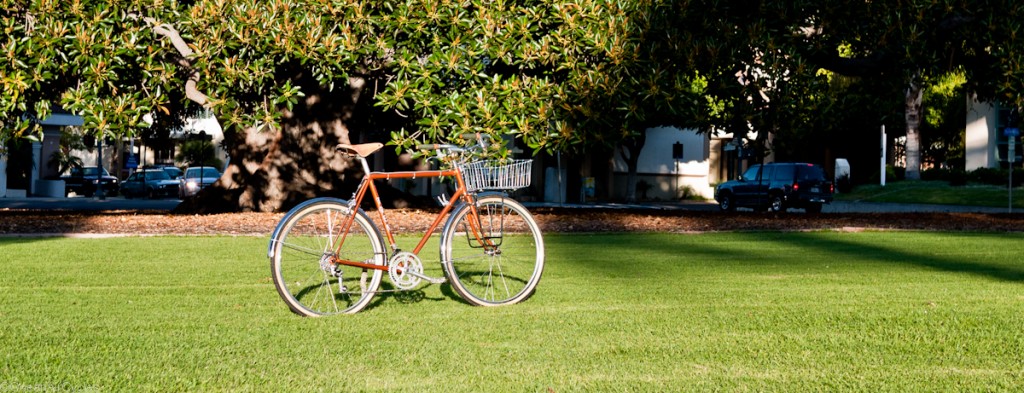
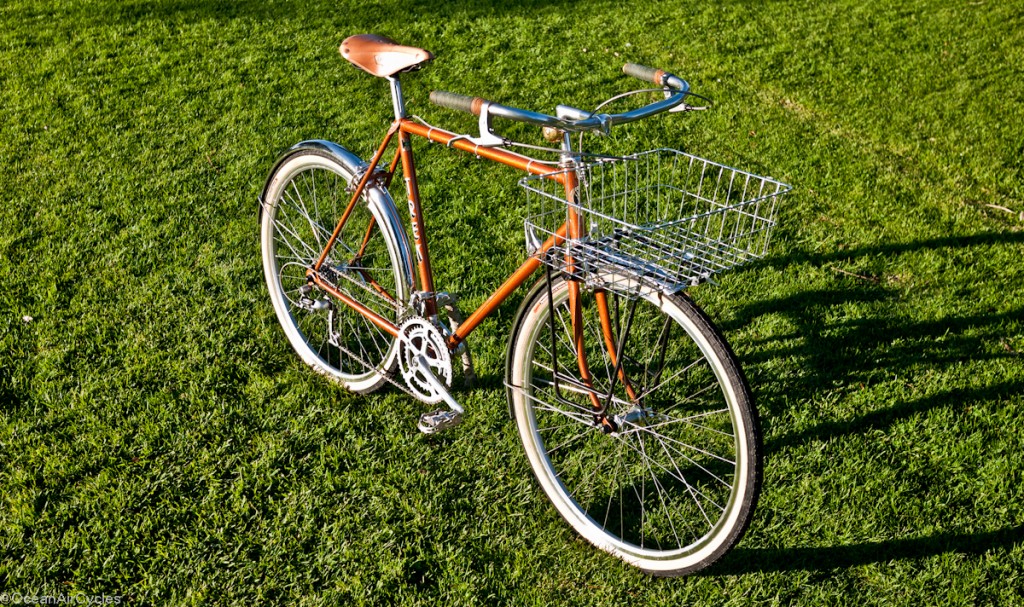
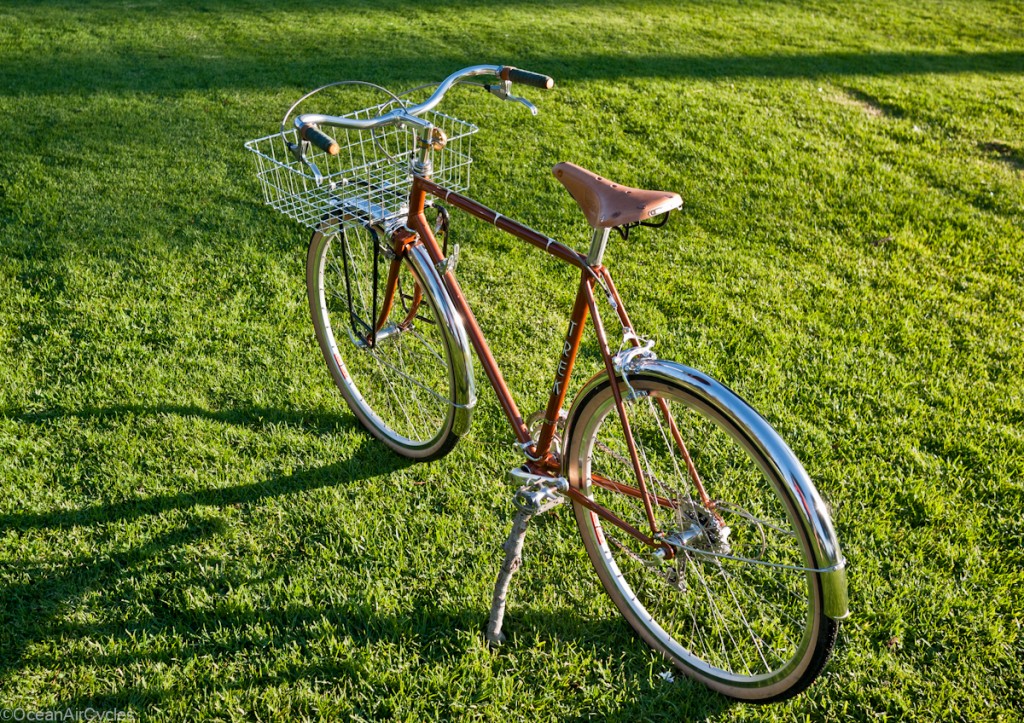
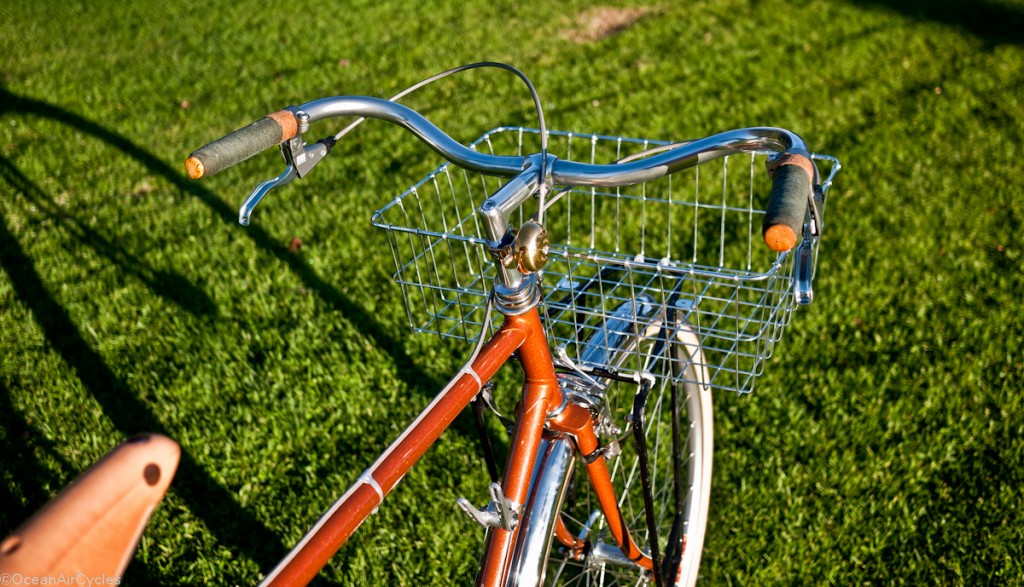
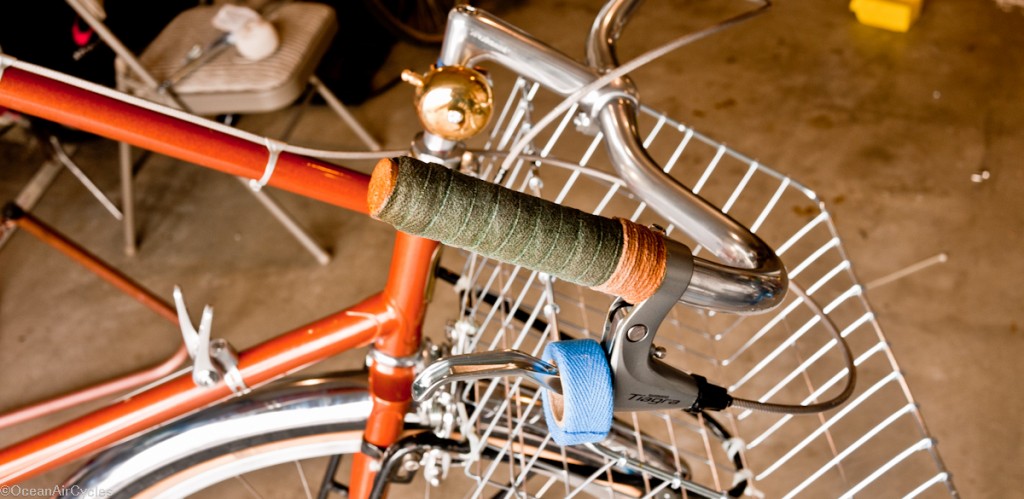
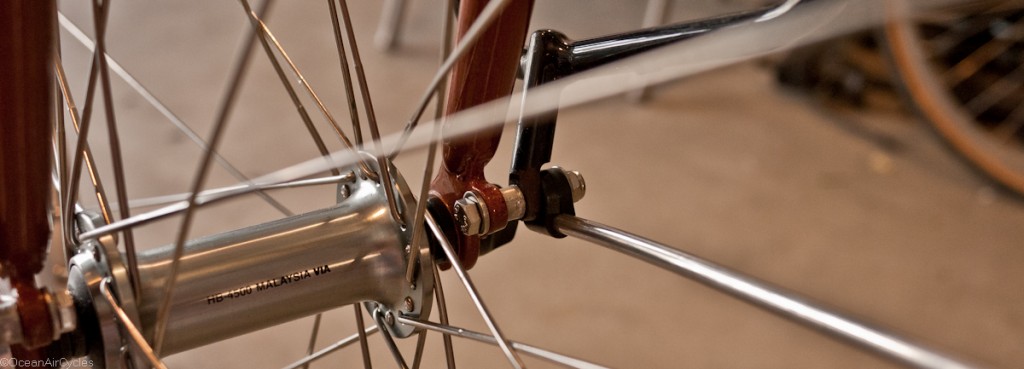

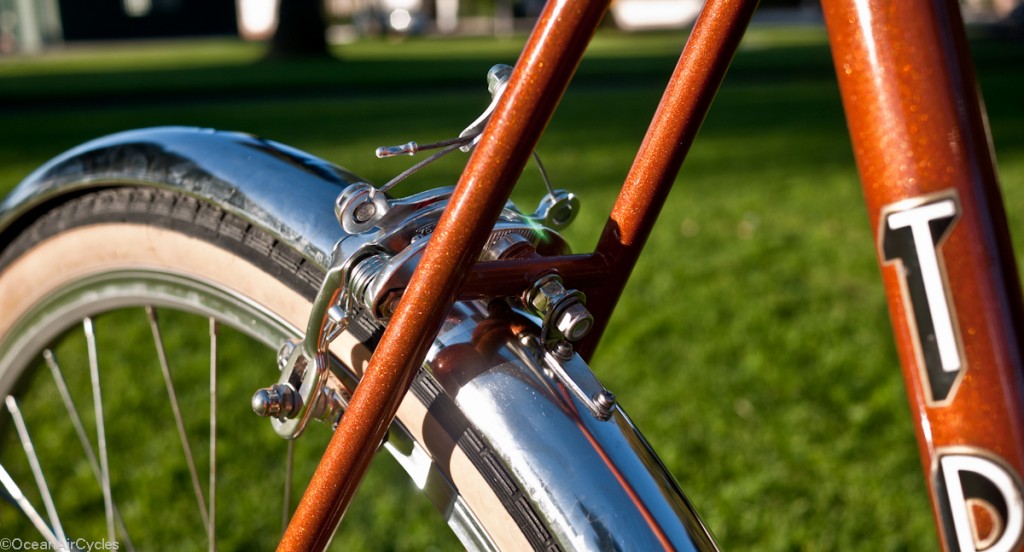
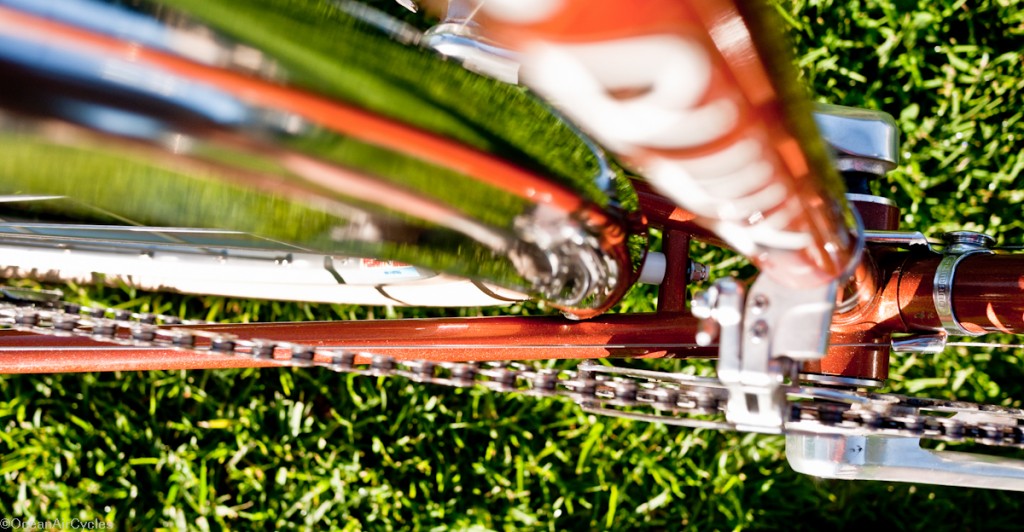
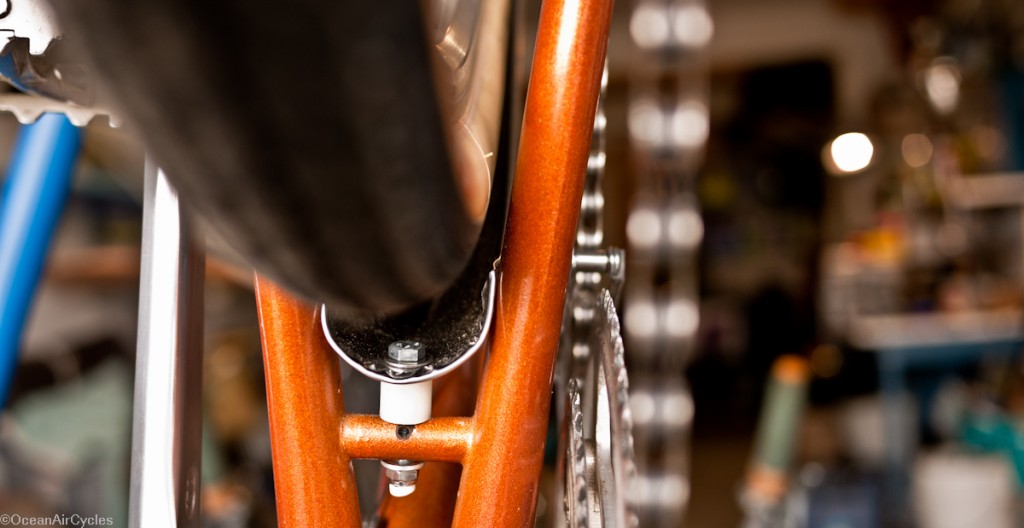
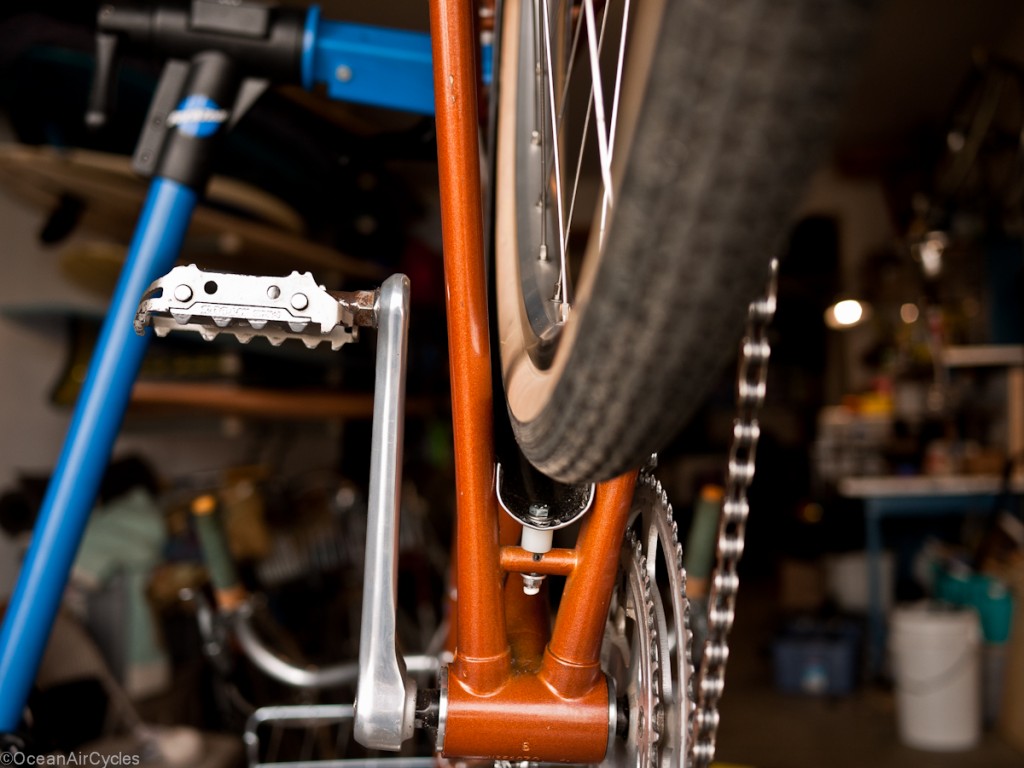
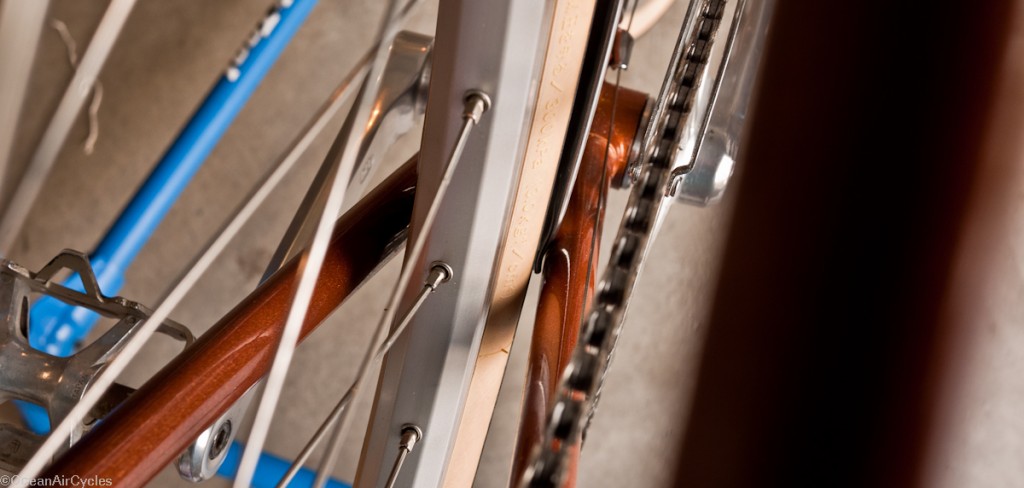
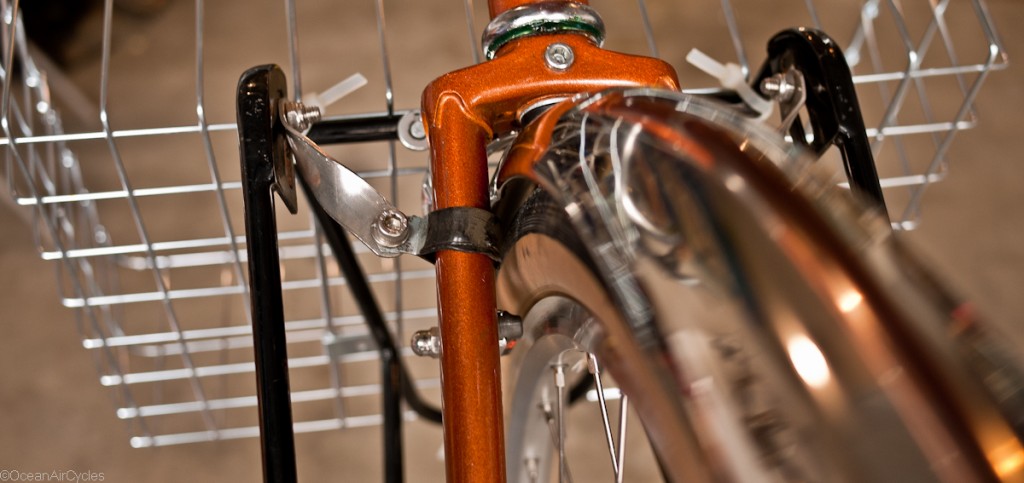
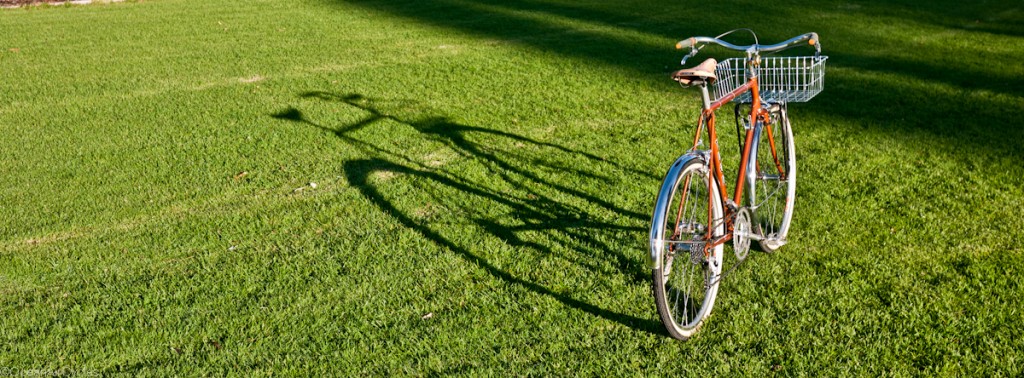
Awesome build. “Blue-collar constructeur”, I like that. Do the Col de la Vie’s measure 38mm?
Yes the CdlV hit the calipers between 37 and 38 almost very time for me once they stretch in a bit. IMO they are a very nice tire, particularly for the price.
With very careful component spec, attention to detail and a little luck one can build up a very nice low-trail 650b on a tight budget. In this case the donor bike was $460 on ebay, not cheap for an old bike, but compared to new it is a steal.
Real nice!
What’s the crank arm length?
Is that the original fork? I thought 613s had forged crowns.
Thank you, the crank arms are the original SR 170mm. They definately have better pedal clearance then my set up with the 175 cranks. As for the fork, I believe it is original, but have no way to tell other than the perfect paint match, suntour dropouts front and rear, as well as the scuffs looking of similar age across the bike. The 613 seems to be an odd but nice bridge between the high and low end models
When you said the 38mm tires fit well enough on pre 1982 treks what did you mean? I have an 82 trek 412 I’m going to do the same thing with. You have no idea how glad I am that I found this build. Anyway, I looked on vintage trek.com and it seems the geometry of the 81 610 is nearly identical to the 82 410 frame. Should I be concerned with this build when trying to fit 38mm tires? You say spacing to 130mm didn’t produce noticible difference in width, so I shouldn’t have to worry about that if I’m sticking to 126mm hubs I assume. Any tips will be beyond helpful. I’m very excited to get this project going. Thanks again for sharing this build, it’s put my mind at ease on a number of levels.
Derek,
Good job on taking the plunge. The real trick to determining what size tire will fit is measuring the width at the chain stays 320mm ahead of the rear axle center. This is the general location of the wide point on a 650b tire. You will want that number to be at least 45mm, bigger is better. The same measurement apples to the front fork. The best two tools for the job are an accurate meter stick for the length and a set of calipers for the width. In a pinch you can get close enough with a metric tape measure from the hardware store. That said it all should work in theory with the wheel in the back of the dropout slot. The cheapest and easiest tire to start with is the Col De La vie, and in reality it is a perfectly good tire for just about anything.
When you are trying to pick up every mm you can for tire clearance there are only a few tricks. First is spreading the rear to fit a modern hub width, but the 4 or 5 mm you pick up at the rear hub will only translate into 1 mm or so at best near the tire’s wide point. if you need more space you can always ad dimples to the inside of the chain stays.
One other tip. Start off with a set of Dia-Compe 750 brakes. On a couple of trek conversions I have needed every mm of the reach they offer, others I had reach to spare. Set them up with the KoolStop salmon cross pads and you should get adequate stopping power in most conditions.
Thanks Rob. I had planned on the dia compe 750’s after measuring the reach with the crummy stock brakes that were on there. I have been avoiding buying a set of calipers as there are a million parts and tools i’ll need to purchase for this project (starting with frame and fork only). But, before I spend the money on 38mm tires and wheels i’ll need to know i guess. i’ve tried the measuring tape already and i am not comfortable with what is basically an eyeball measurement that i can get…not very useful. i am seriously jealous of that bronze 81 you did. that is a very beautiful machine in every way.
the best quick and dirty way I have found to measure tire clearance is with a tape measure or ruler at the chain stay against the inside face of a 700c rim. This location is pretty close to the magic 320mm. A 700c rim with no tire measured at the outer edge is even better. If it is really close to what you need calipers will be much more accurate. But you can do the above with a school ruler and figure out if you are in the all park of 45mm. Having fit this set up on 4 different Treks personally and helped on a few others, IMO opinion you should be pretty safe as long as you are confident on the model year and model number.
That Brown 613 was a dream project for me with a very comfortable budget. The best part is seeing the bike around and knowing that it gets near constant use.
i am glad for the reassurance. I picked up the trek 2 months ago and have been pouring over vintagetrek.com and many, many other places for information. i have looked up the serial number at vintagetrek and am positive that it is an 82 410 frame. the single strange thing is that is has a chain hanger post brazed on, which is not mentioned in the literature for a 410/12 during the early 80s. i believe that trek did things this way and that way but not always a completely standard way at the time. glad to have found you since you have done a few of these conversions yourself. i will be borrowing a caliper soon. thanks again.
sorry, one more thing: i see you have a few Dia Compe ENE products, can you get the 126&100mm high-flange touring hubset? no one in the USA seems to have them.
I am sorry, but my current accounts with Compass and Velo Orange do not yet import those hubs. If you do not have a 126 spaced hub to uses as a starting point, spreading the rear to 130 or 135 for that matter is not that big of a deal. Any shop that has been in business for more than 10 years should have the tool sand the knowledge to do it for a couple of bucks. I have the dropout alignment tools and the basic Park frame alignment checker. I was able to put the brown 613 in my bench vise by the bottom bracket and get it spread and aligned in about 5 minutes.
Where are you located? I might be able to help point you in the right direction.
Also, are you looking for a freewheel or cassette hub? I found the freewheel version here:
I’m in Portland Maine. I’ve considered cold setting but I don’t want to do it if I don’t have to. most of the bike shops around here aren’t the most helpful if you’re not looking for a carbon race bike. The one shop that is has been in business for like two years and it’s run by two younger guys who I haven’t checked with on the subject. I’m trying to put a wide range 7 speed on the bike and at the same time keep the cost down. Uniglide hubs work width wise but cassettes aren’t available so that means a new hub body. Long story short, I’d prefer to have high flange hubs if I can and would prefer a freehub but would accept a freewheel if I have too.
I feel your pain on the search for shops that will still do this kind of work. That very search is what has led me down this path of doing it for myself and now others.
Likewise with the cobbling together of old parts like free wheels and hub bodies. It will get yo along for a while, but in the long run going to 130mm spacing may be cheaper and easier. So says the guy who still has freewheels on half of his bikes 😉
Beautiful! I am the original owner of a 1976 Trek 500 (bare frame at that time) that I am currently building 650b wheels for a conversion. Using the Campy Record hubs I bought in 1982 for a new set of 27″ wheels for this same frame, now going to lace to some VO 650b rims, with 38mm Panaracer Pacenti tires.
These are lovely frames. I rode this one until the early 2000’s, and it’s been waiting for a renovation since.